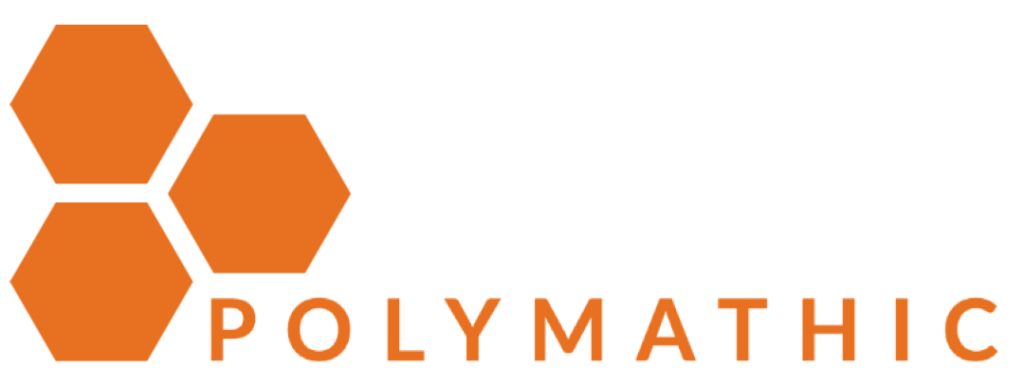Embracing AI in Education: Balancing Integrity with Future Workforce Demands

"Many teachers want to keep AI out of our classrooms, but also know that future workplaces may demand AI literacy."
OPINION: What teachers call AI cheating, leaders in the workforce might call progress
The Intersection of AI and Education: Navigating the Future
As artificial intelligence (AI) continues to evolve, educators face a compelling challenge: balancing the integrity of their educational practices with the necessity of preparing students for an AI-integrated workforce. Watson and Bowen's article delves into this nuanced debate, offering profound insights that urge us to rethink how we approach AI in the classroom.
The Dichotomy of AI in Education
Teachers are increasingly wary of AI's potential to facilitate cheating, as students use these tools to write essays and solve problems effortlessly. However, beyond the fear of academic dishonesty, lies a deeper concern: AI might be compromising students' engagement and critical thinking. Tools like AI-generated essay outlines and project organizers, while beneficial, risk undermining the hard work essential for genuine learning.
Preparing for an AI-Driven Workforce
Interestingly, what educators label as cheating could be viewed as efficiency in the business world. Employers are already valuing AI literacy, with job postings increasingly highlighting AI skills. To bridge this gap, educators must integrate AI literacy into their curriculum. This involves understanding human-AI collaboration, ethical considerations, appropriate tool usage, and recognizing AI's limitations.
Skills Required for AI Literacy
The article lays out essential skills for AI literacy: critical thinking, problem-solving, creative and technical proficiency, ethics and risk management, and effective communication. These competencies align with the American Association of Colleges and Universities’ essential learning outcomes, positioning students for success in an AI-driven landscape.
Conclusion: Embracing the Future
The path forward requires educators to enhance their own AI literacy and reshape their teaching methodologies. By embracing AI as a tool for creativity and efficiency, and fostering a robust understanding of its ethical and practical applications, we can prepare students not just to tackle the challenges of tomorrow, but to thrive in them.
